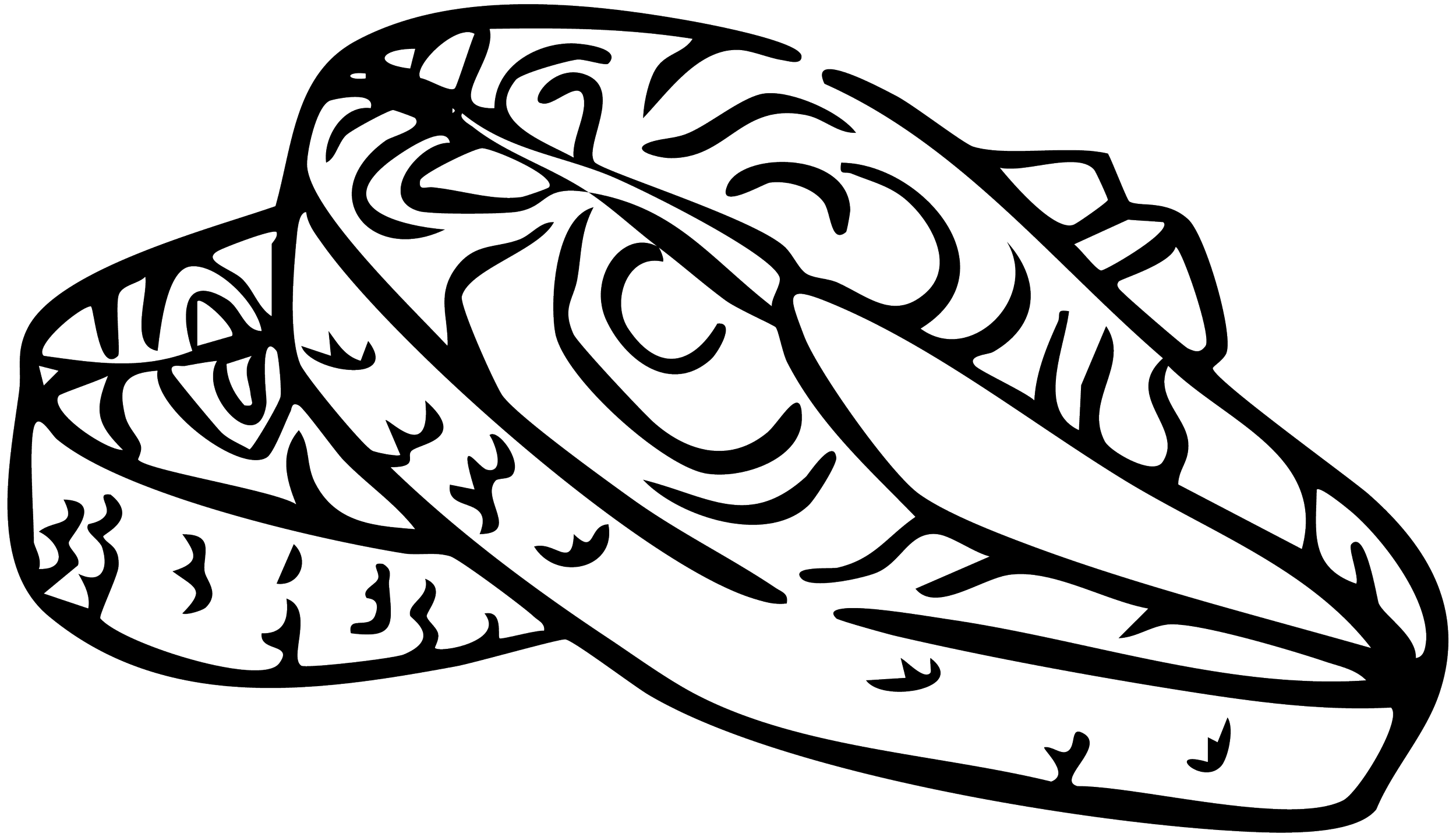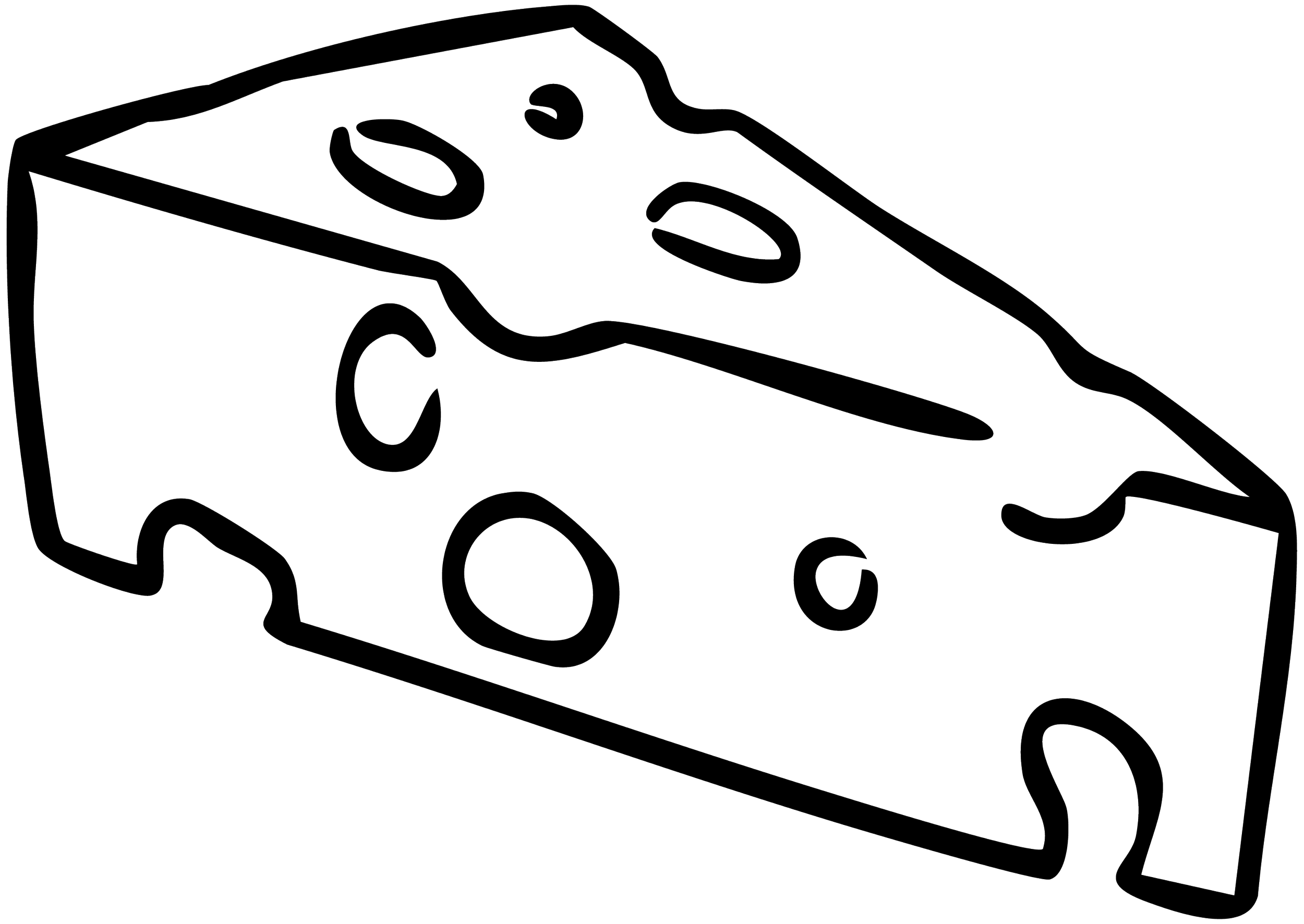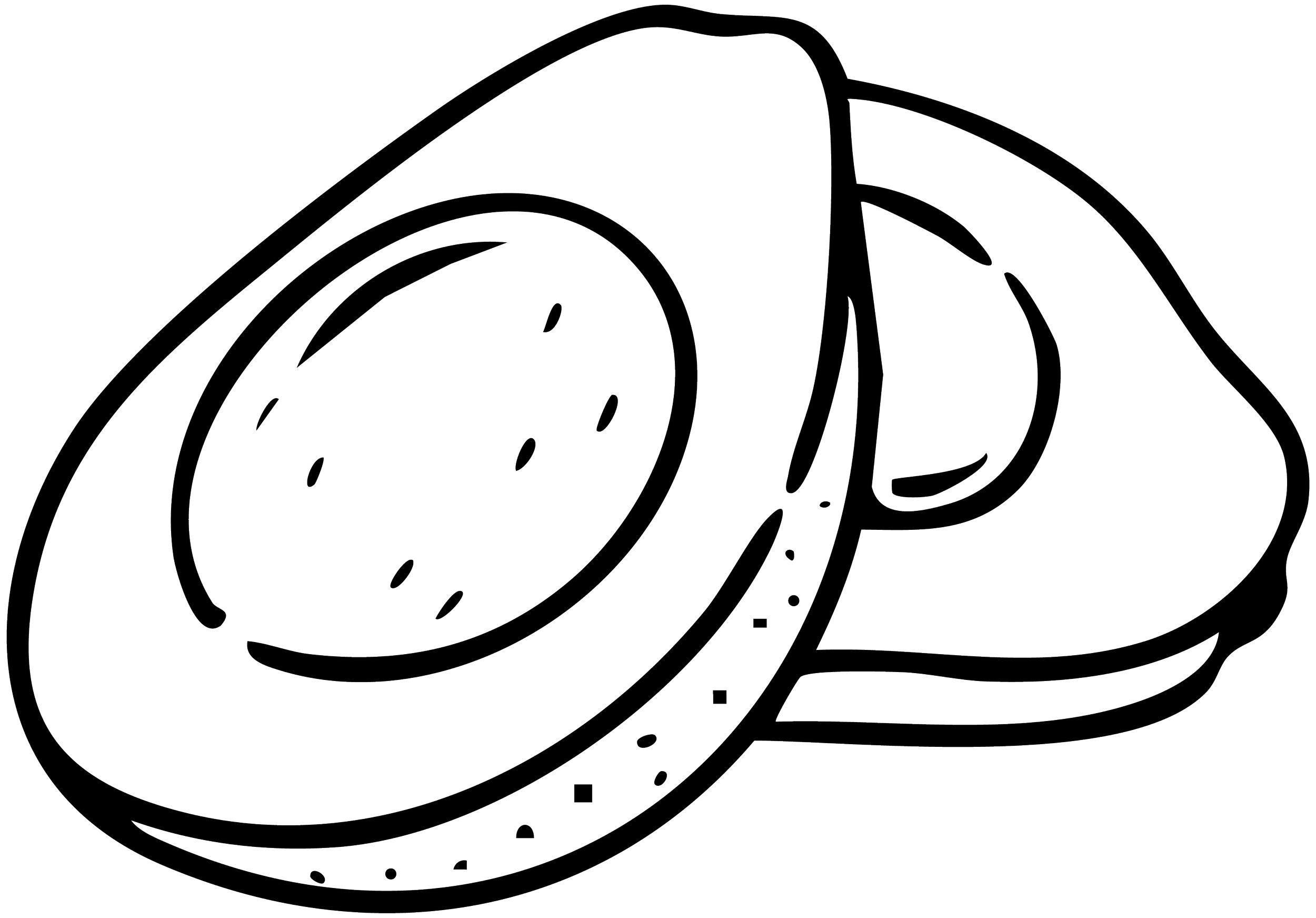Services
Eating disorders and disordered eating
I provide evidence-based, trauma-informed, collaborative, and weight-inclusive nutrition care for individuals experiencing the full range of eating disorder diagnoses, including:
Anorexia Nervosa (AN)
Bulimia Nervosa (BN)
Binge Eating Disorder (BED)
Other Specified Feeding and Eating Disorder (OSFED)
Avoidant/Restrictive Food Intake Disorder (ARFID)
I also support people who are struggling with disordered eating, chronic dieting, or body image concerns – with or without a formal diagnosis.
Nutrition counselling sessions are tailored to the individual and may begin weekly or fortnightly, then gradually space out as clients feel more stable and confident in their recovery. Over the course of dietetic treatment, I support clients to restore adequate nourishment, explore their relationship to food and body, and move toward greater ease and flexibility with eating.
Therapeutic approach
My approach to eating disorder treatment is informed by:
Acceptance and Commitment Therapy (ACT)
Motivational Interviewing (MI)
Family-Based Treatment (FBT)
Responsive Feeding Therapy (RFT)
I’ve undertaken additional training in these therapeutic models, which allows me to incorporate principles from them into my nutrition counselling work. I also engage in ongoing clinical supervision to ensure I continue to practice safely, ethically, and within my scope of practice as a dietitian.
Adolescents and Family-Based Treatment
For adolescents, I typically recommend a Family-Based Treatment (FBT)-informed dietetic approach. FBT is a leading, evidence-based treatment model for children and adolescents with eating disorders. It recognises the important role that families play in a young person’s recovery, and empowers parents and caregivers to take an active role in helping their child restore nutritional adequacy and interrupt eating disorder behaviours.
FBT is structured in three phases, allowing a gradual return of responsibility to the adolescent for their eating decisions as recovery progresses. In the early phase, I work directly with parents or caregivers (rather than with the young person individually). Together, we develop a structured meal plan, increase the energy density of meals and snacks where needed, and help parents build confidence and skills in supervising meals and navigating mealtime challenges.
As recovery progresses and weight is restored, I invite the adolescent to attend individual sessions (if they wish), as they begin taking greater ownership of their recovery.
FBT may not be the right fit for every family. That’s why the initial appointment is attended by the parent or caregiver only – allowing space for open discussion, assessment of your child’s needs, and exploration of treatment options. I can also guide you through alternatives to FBT if it’s not suitable for your circumstances.
Gut and pelvic pain support
I offer holistic, trauma-informed, and weight-inclusive dietetic care for individuals experiencing:
Persistent pelvic pain, including painful periods and endometriosis
Disorders of Gut-Brain Interaction (DGBI), such as Irritable Bowel Syndrome (IBS) and Functional Dyspepsia (FD)
Ongoing gastrointestinal symptoms including abdominal pain, bloating, distension, nausea, constipation, diarrhoea, and discomfort after meals
Fears or anxieties around food, eating, and gastrointestinal symptoms
Chronic Overlapping Pain Conditions (COPC)
Nutrition counselling sessions are tailored to the individual, with clients typically accessing three to five sessions over the course of 6 months. Over the course of dietetic treatment, I support clients to nourish their body in a way that promotes stability and comfort in the body, as well as satisfaction and social connection.
Therapeutic approach
My approach to supporting people with gut symptoms and pelvic pain is informed by:
Pain Neuroscience Education (PNE)
The biopsychosocial model of health and illness
The mind-body practitioner community
Acceptance and Commitment Therapy (ACT)
I draw on these frameworks to help clients better understand the science of pain, build a sense of safety, connection, and trust in their bodies, and nourish themselves ways that support relief and recovery from chronic symptoms.









